The Polestar 3 is bjorn! Does 910Nm whet your appetite?

The Polestar 3 is born! And they created a wicked 910Nm Mjölnir!
Copenhagen, Denmark – 12 October 2022.
What do you get when you pair an all-electric drivetrain with world class safety, and then go on to add a huge dollop of Swedish innovation, styling and quirks?
If Polestar comes to mind, then we are on the same page. It is now autumn and Vintern står för dörren. We are in Copenhagen for a peek at the Swedish brand’s all-new performance SUV.
The Polestar 3 is a significant vehicle for the Volvo offshoot, as it is the first real SUV they are producing, and more importantly, they have their sights on the Executive SUV pack of the Audi E-tron, Mercedes-Benz EQE and BMW iX. Back home, we had a preview for their first vehicle here, the Polestar 2 fastback - a fascinating mix of 4-door coupe and crossover. This is is built upon the smaller Compact Modular Architecture (CMA). The Polestar 3 on the other hand, is underpinned by an updated variant of the group’s Scalable Product Architecture (SPA2), meant for larger cars.


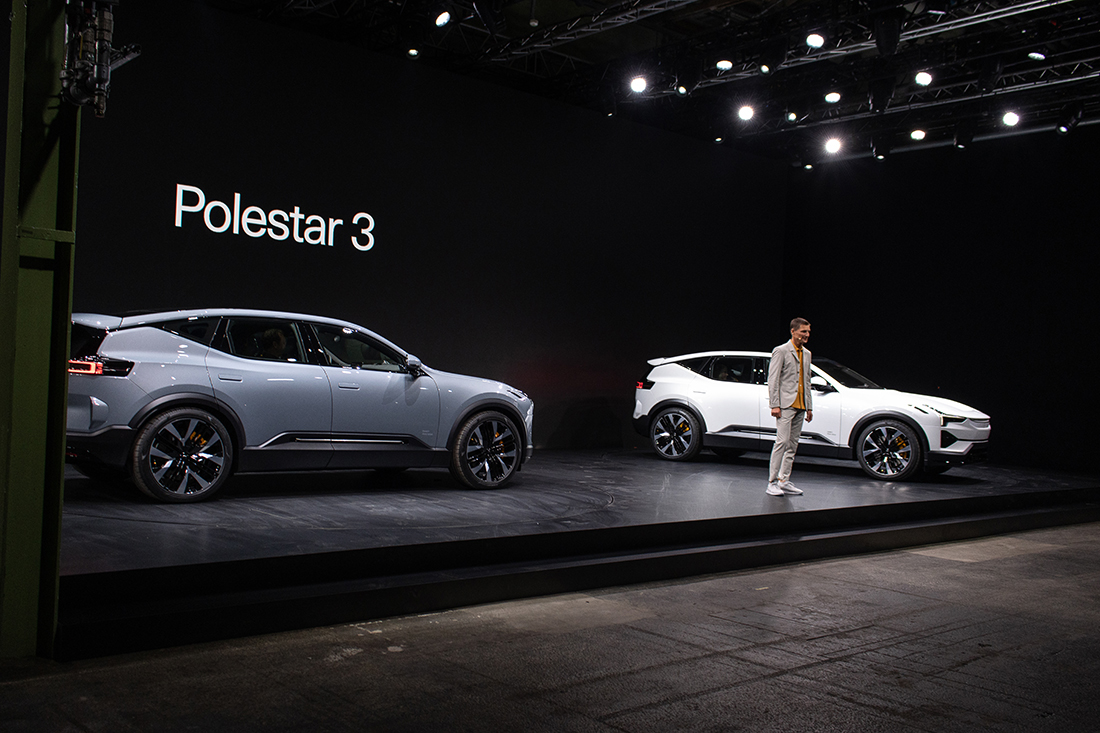
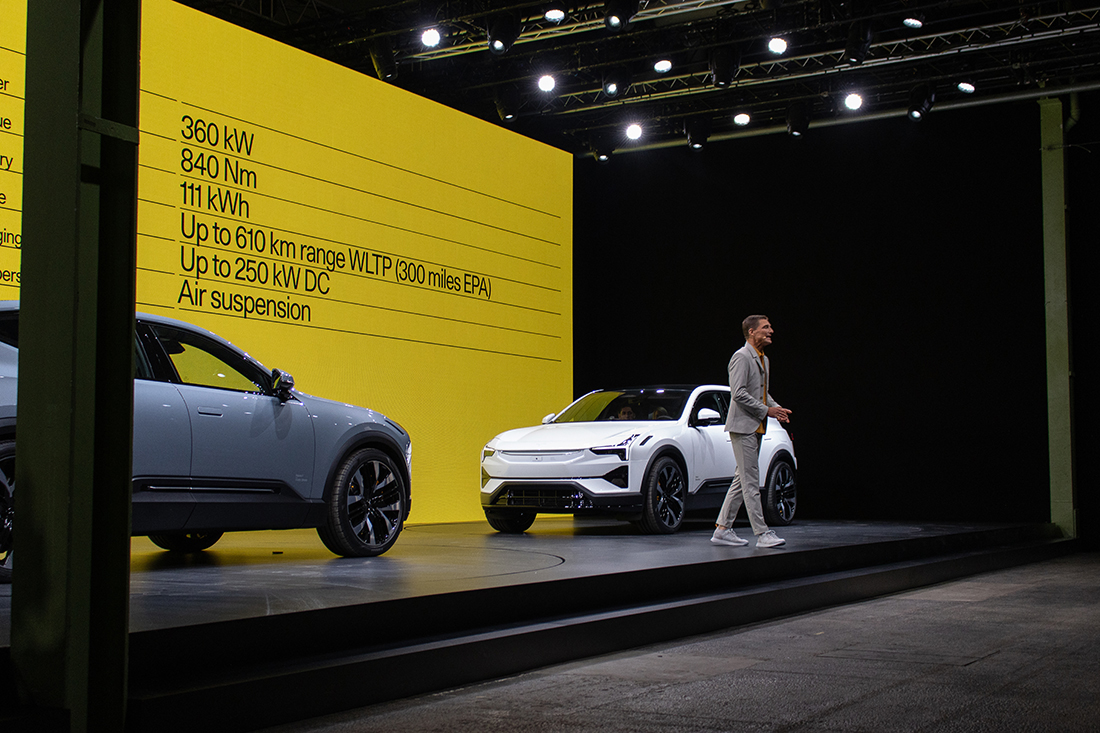
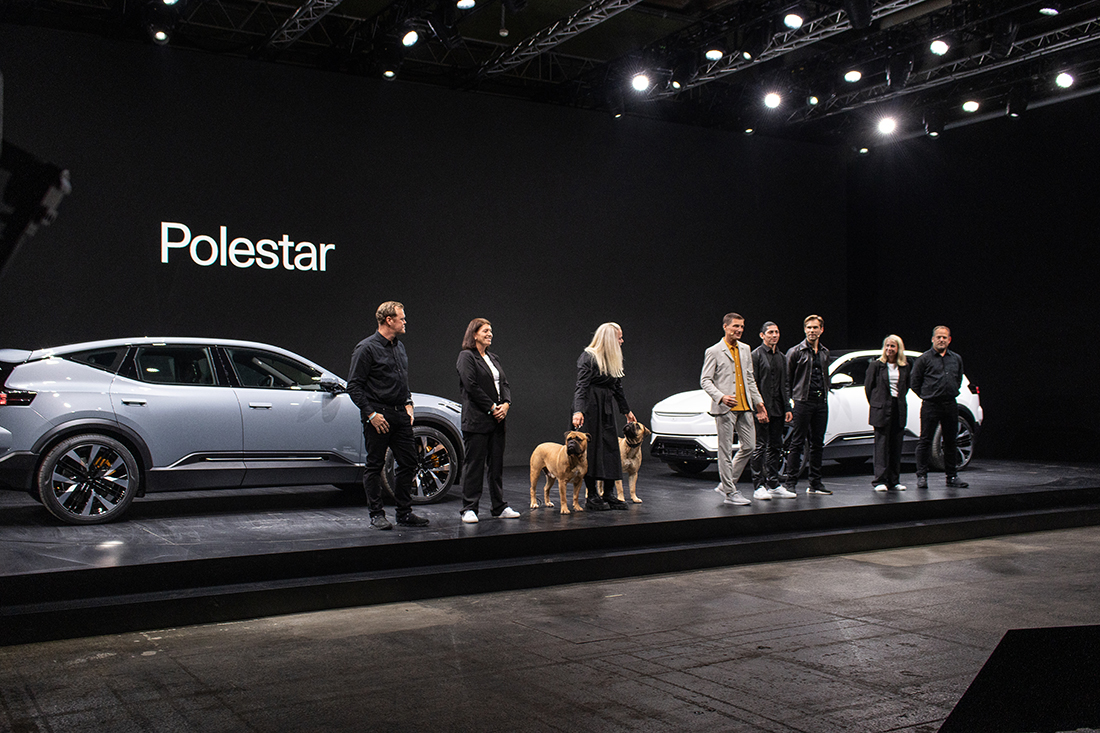
“This car has been designed as a Polestar from the start and features new defining characteristics for us – like the dual blade headlights, SmartZone and front aero wing,” continues Thomas Ingenlath.
Aerodynamics was one of the key considerations when the Polestar 3 was developed. Some of the wind-cheating features include front and rear wings to direct airflow, retractable door handles and a lower-sloping roofline. The rear is finished off with an almost abrupt Kamm tail-like design. The result is a slippery drag coefficient of 0.29 Cd.
Sustainability is also a huge buzzword here, with terms like bio-attributed MicroTech, animal welfare-certified leather and fully traceable wool upholsteries… I feel greener already! In building the interior, Polestar has committed to transparency here, providing a complete life-cycle assessment (LCA), once the SUV goes into production.
At the heart of the car, the centralised NVIDIA DRIVE core computer, is powered by firmware provided by Volvo Cars. The nervous system of the Polestar 3 externally includes five cameras, five radar modules and twelve ultrasonic sensors. Within the cockpit, there are two closed-loop driver monitoring cameras, powered with eye-tracking tech from Smart Eye.
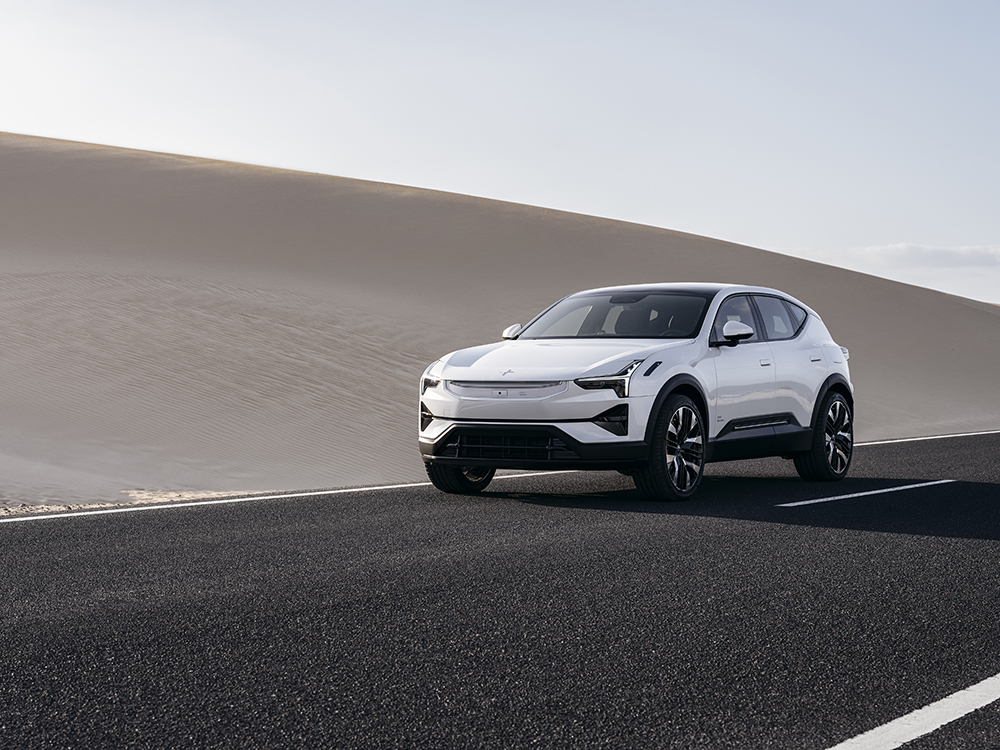
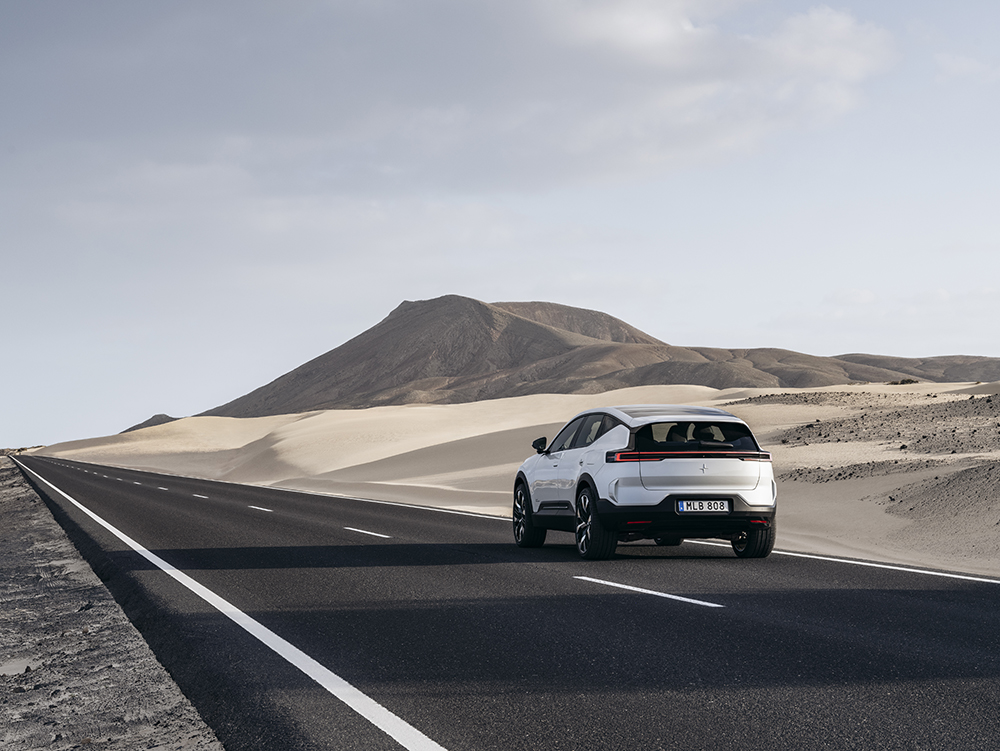
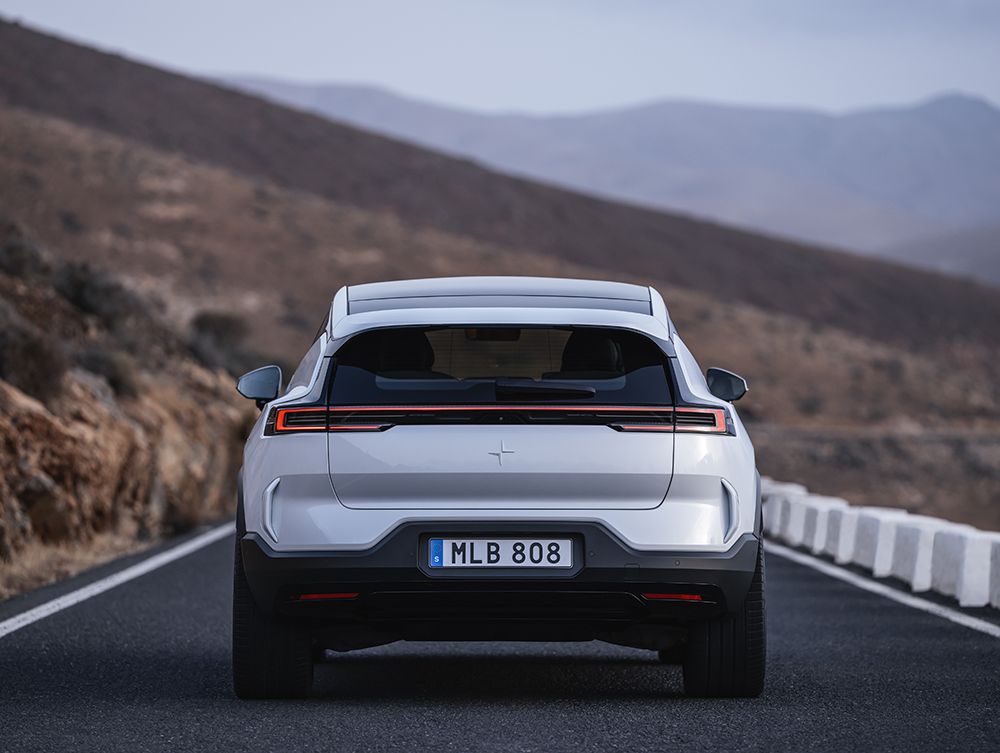
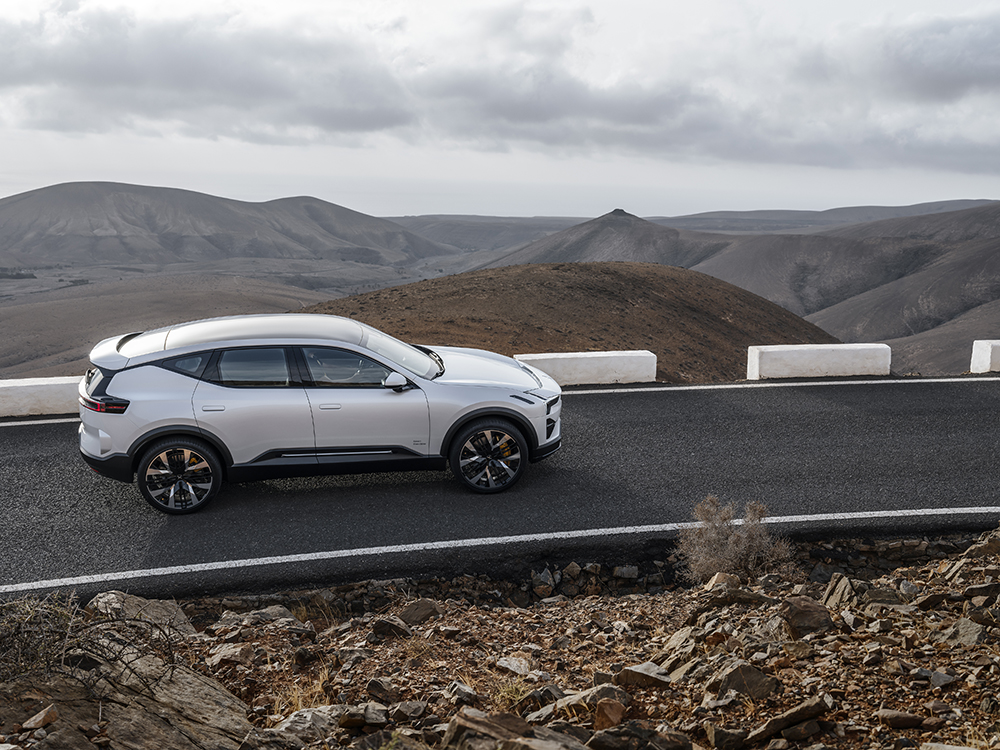
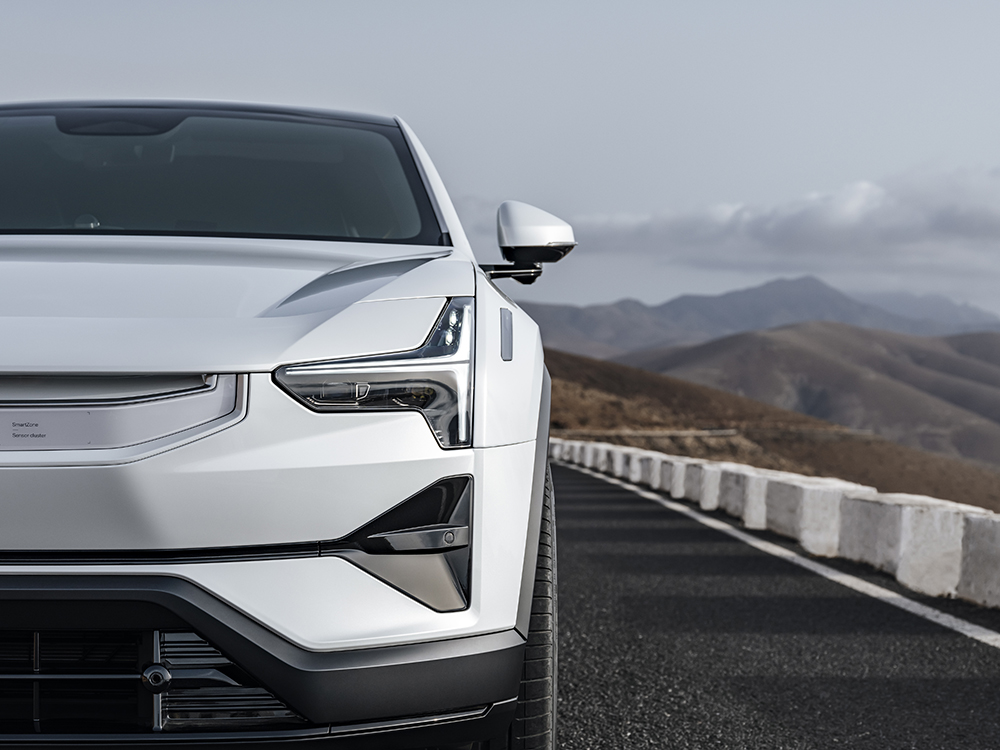
The infotainment system runs on a next-generation Snapdragon Cockpit Platform from Qualcomm Technologies, which is cloud connected to support over-the-air-updates. The chosen Operating System, similar to those in existing Polestar and Volvo cars (like this XC40) is the proven Android Automotive OS. This is fronted by a 14.5-inch touchscreen.
The Polestar 3 is launched with a rear-biased dual-motor setup, with the standard car producing 360 kW and 840 Nm. But the gold (quite literally the colour too for the car’s accents) here is the Performance Pack variant, which gets a boost in output to 380 kW and 910 Nm. What is key to the dynamic driving experience here is the Torque Vectoring Dual Clutch function, which controls and directs torque to appropriate rear wheels during cornering, for improved handling. To reduce battery consumption, drive can be restricted to the front wheels, while cruising.
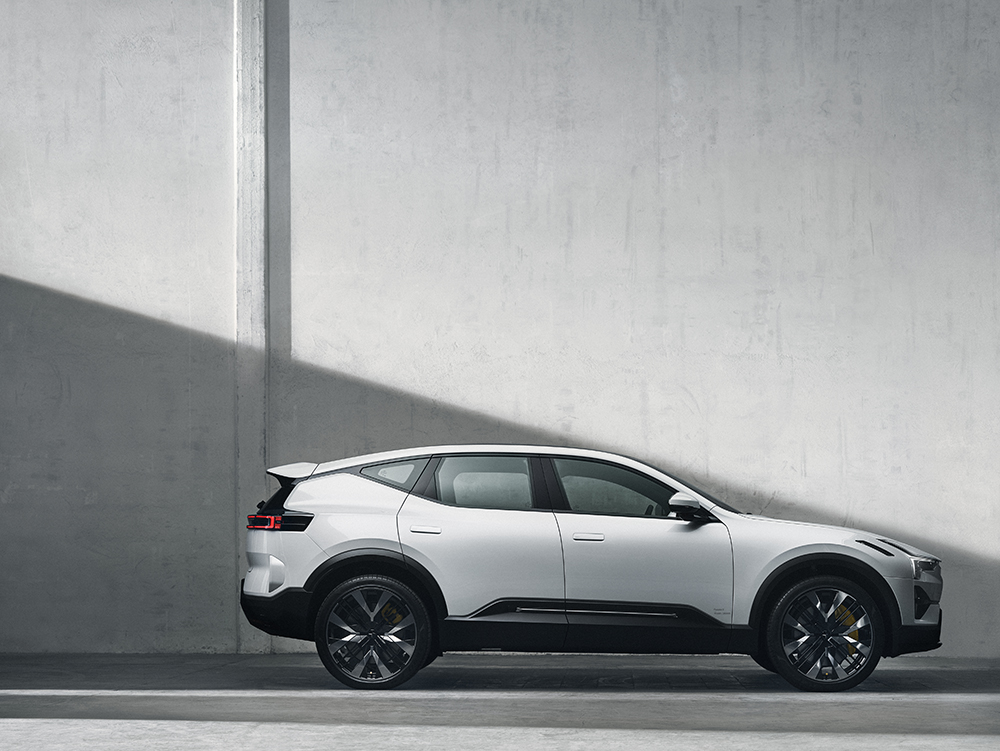
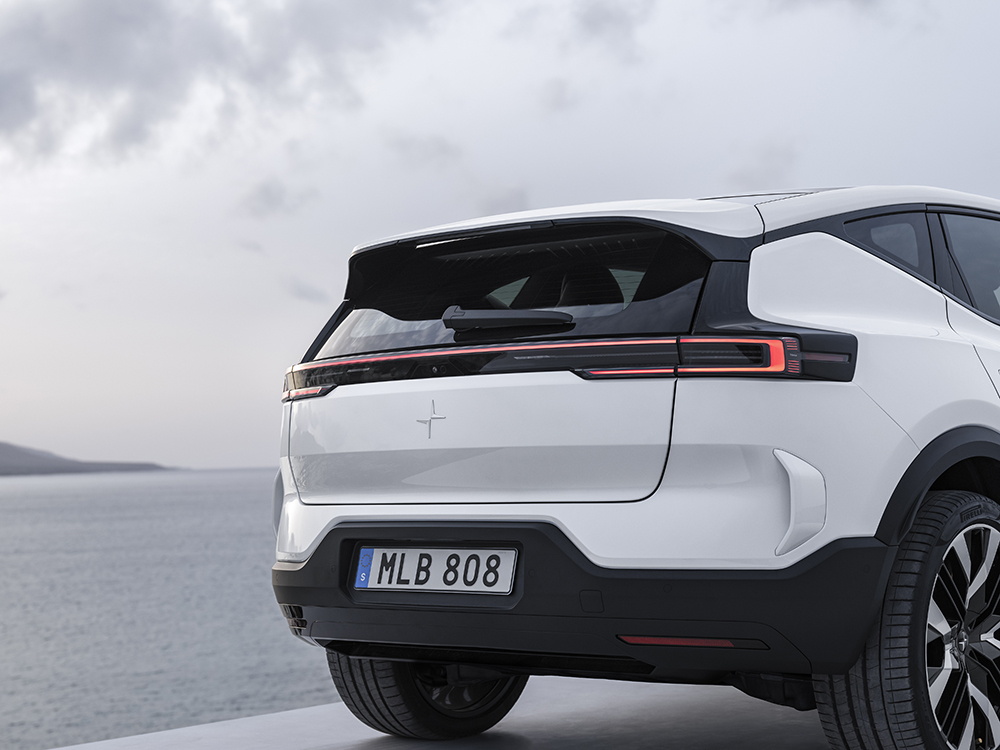
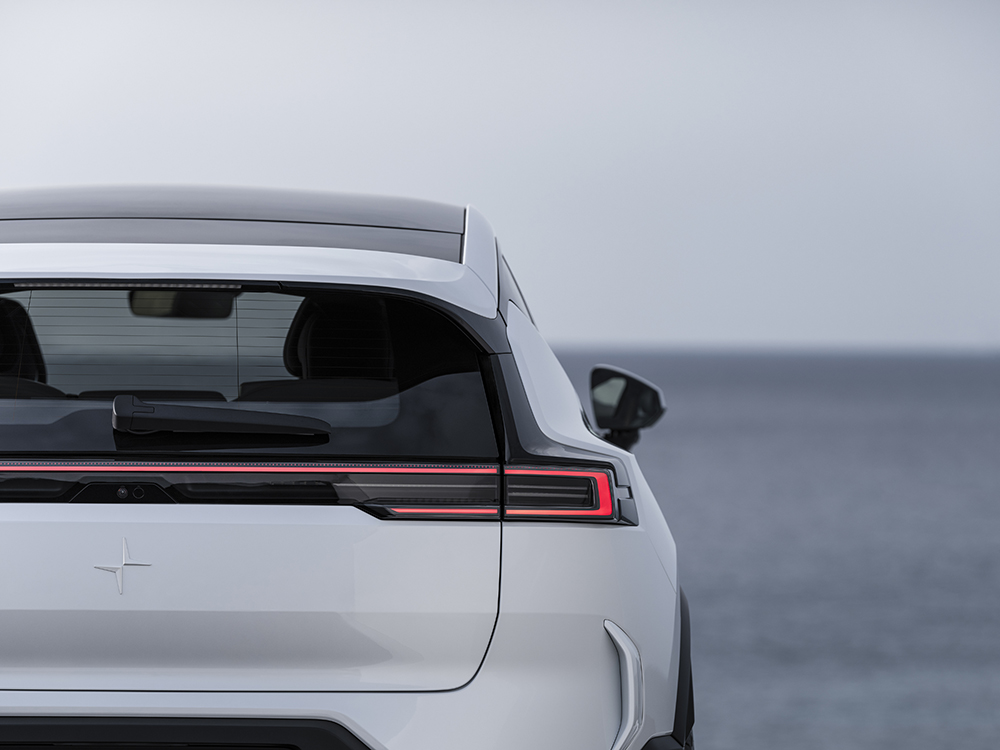
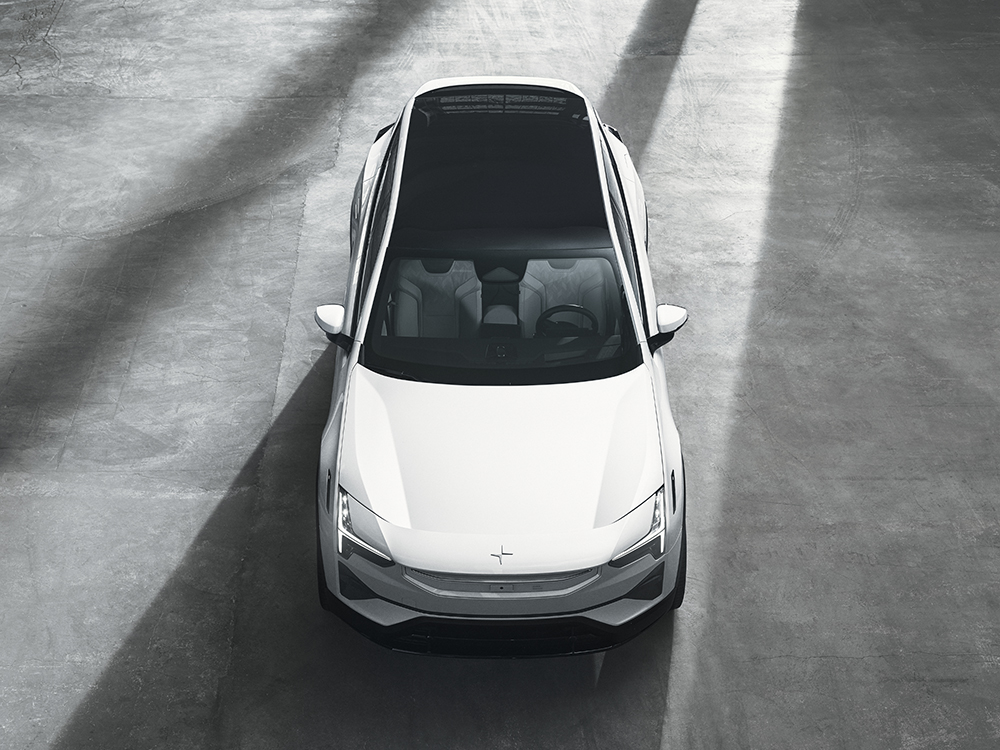
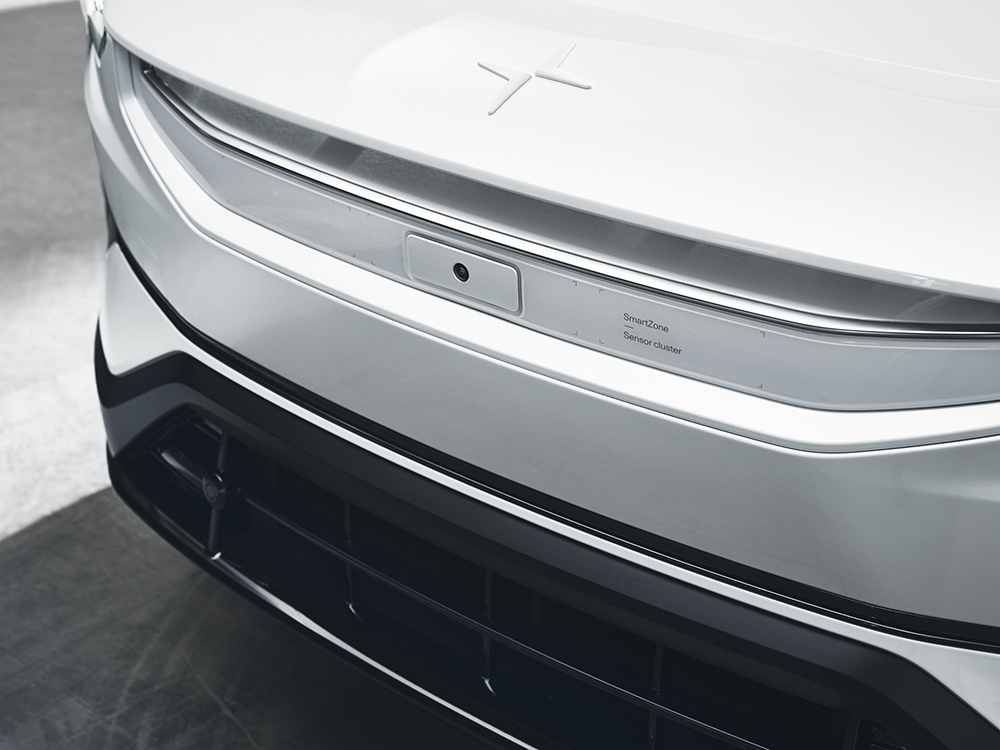
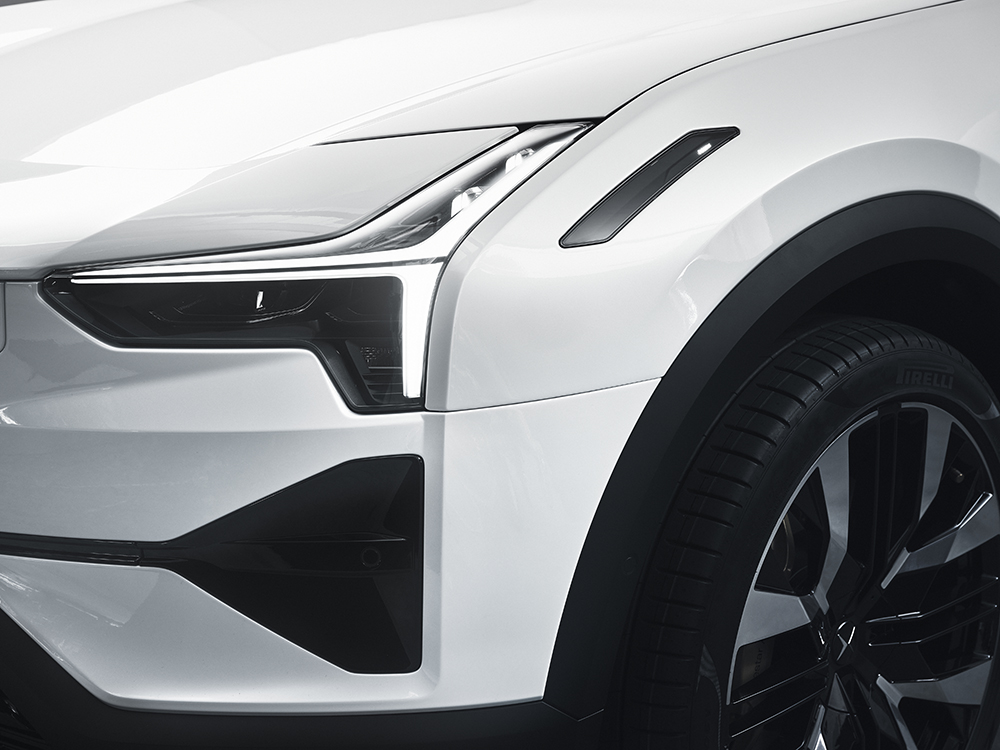
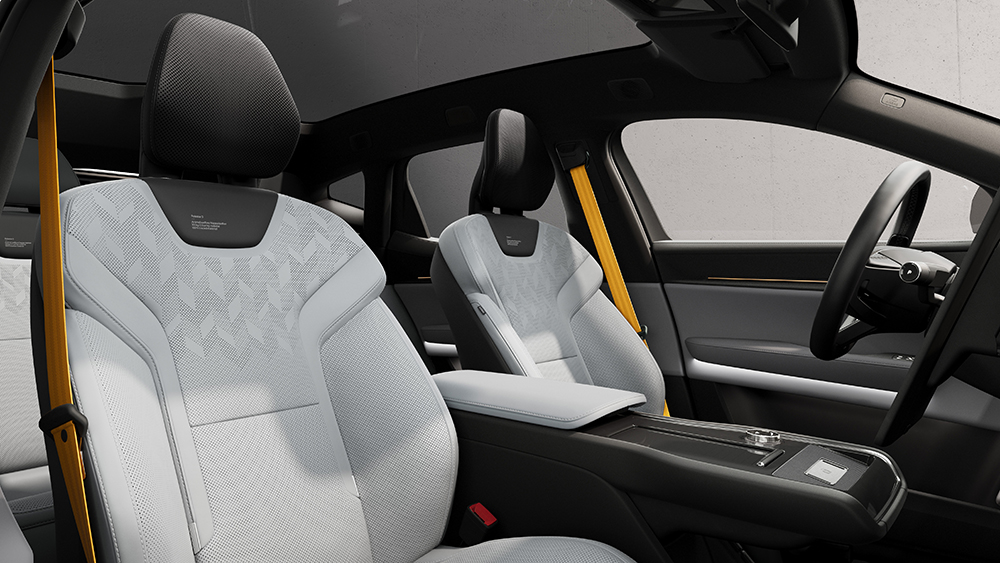
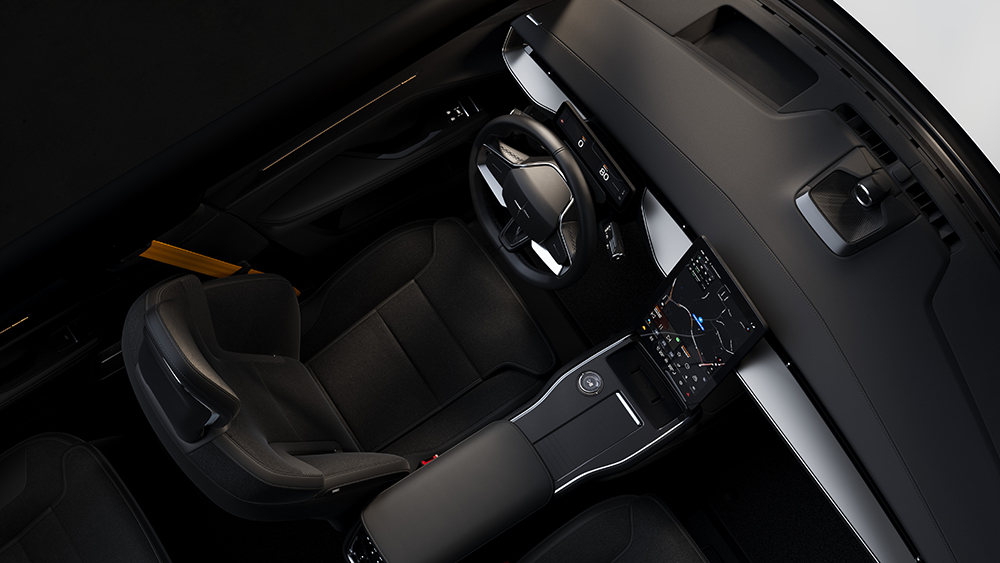
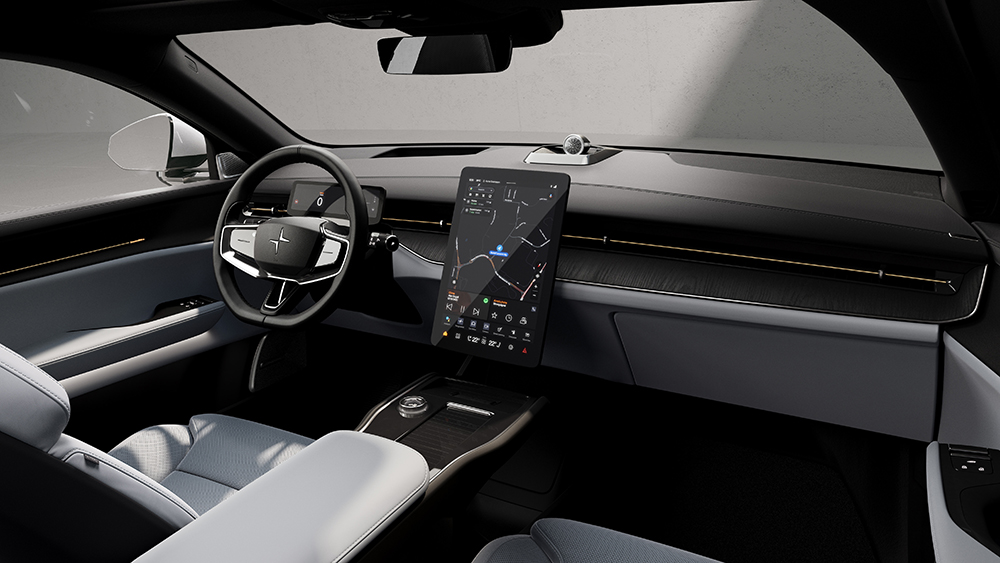
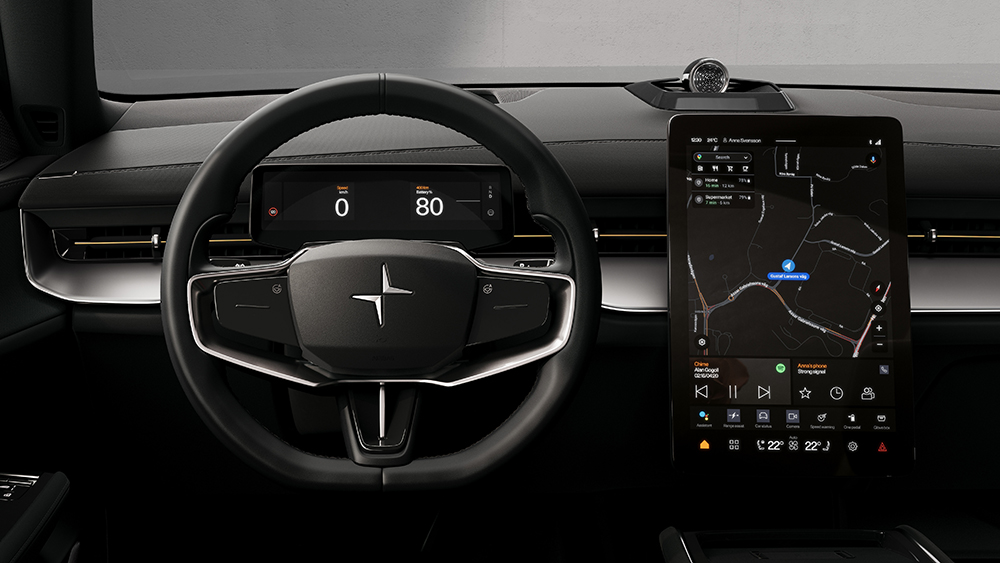
All Polestar 3 SUVs are equipped with an adaptive and adjustable dual-chamber air suspension; which is able to vary its stiffness according to road conditions every 2 milliseconds - or every 5cm of road covered.
“Our goal was to offer the performance and precision that define all Polestar cars, without compromising the comfort of the daily drive,” says Joakim Rydholm, Polestar’s chief chassis engineer. “To do this, we used new components like the adaptive air suspension to engineer the ‘Polestar feeling’ for this type of car.”
A 111kWh battery pack is responsible for delivering the juice to the motors, and Polestar claim that its SUV has a maximum driving range of 610km (WLTP). They have also made the car “future proof” by adding vehicle-to-grid and plug-and-charge capabilities.
For first model year owners, the cars will include Plus Pack and Pilot Pack as standard, which will afford owners with a raft of premium, luxury and convenience features which adds to appeal; these include a 25-speaker Bowers & Wilkins audio system, soft closing doors, Pilot Assist and head-up display.
There is an available Pilot Pack with LiDAR from Luminar as an option; which loads the car up with three cameras, four ultrasonic sensors. When fitted, it provides a 3D scan of the car’s surroundings. This is one of the key building blocks to prepare the car for autonomous driving.
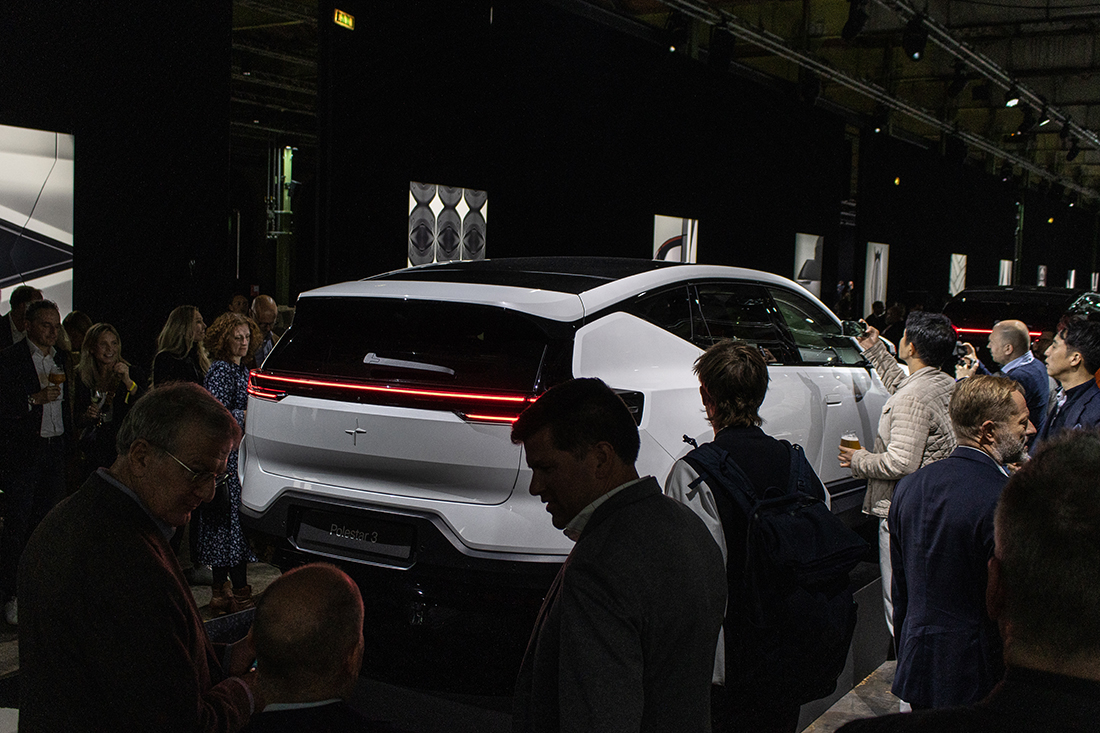
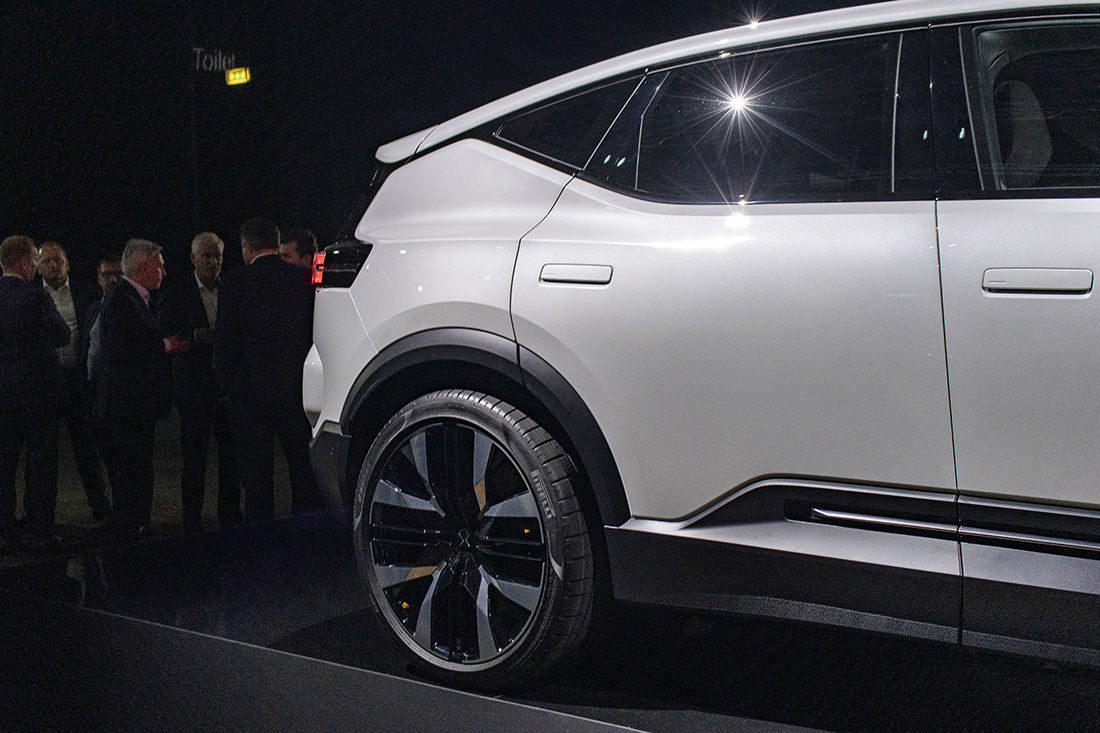
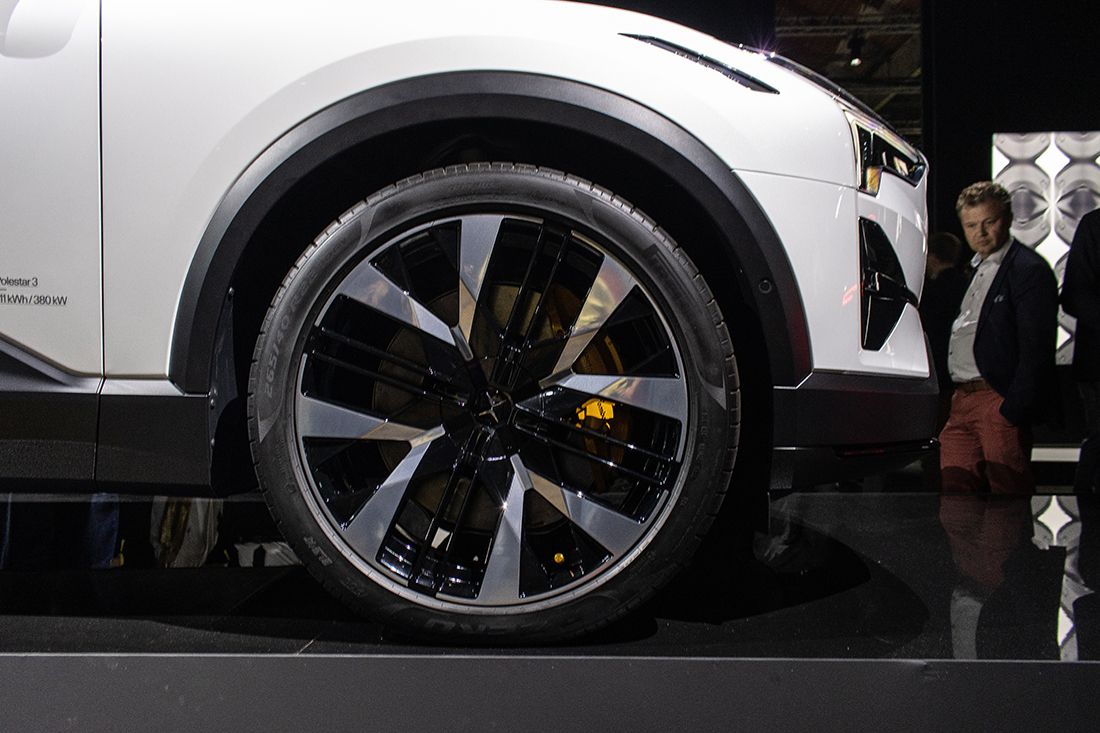
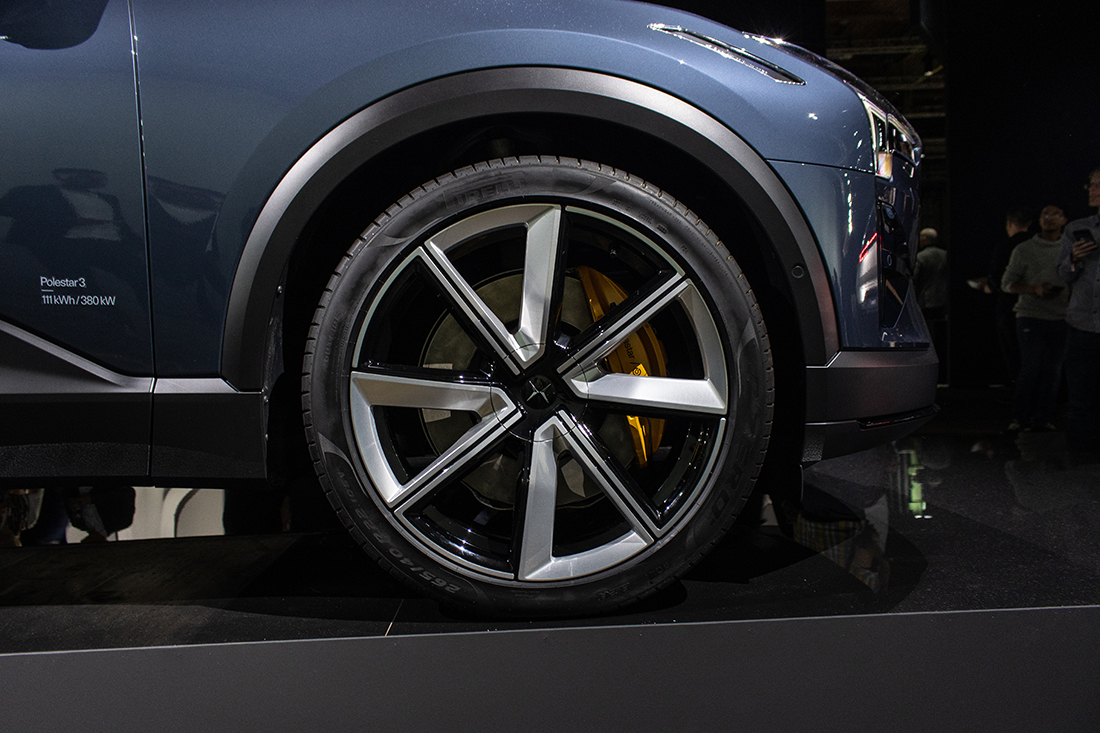
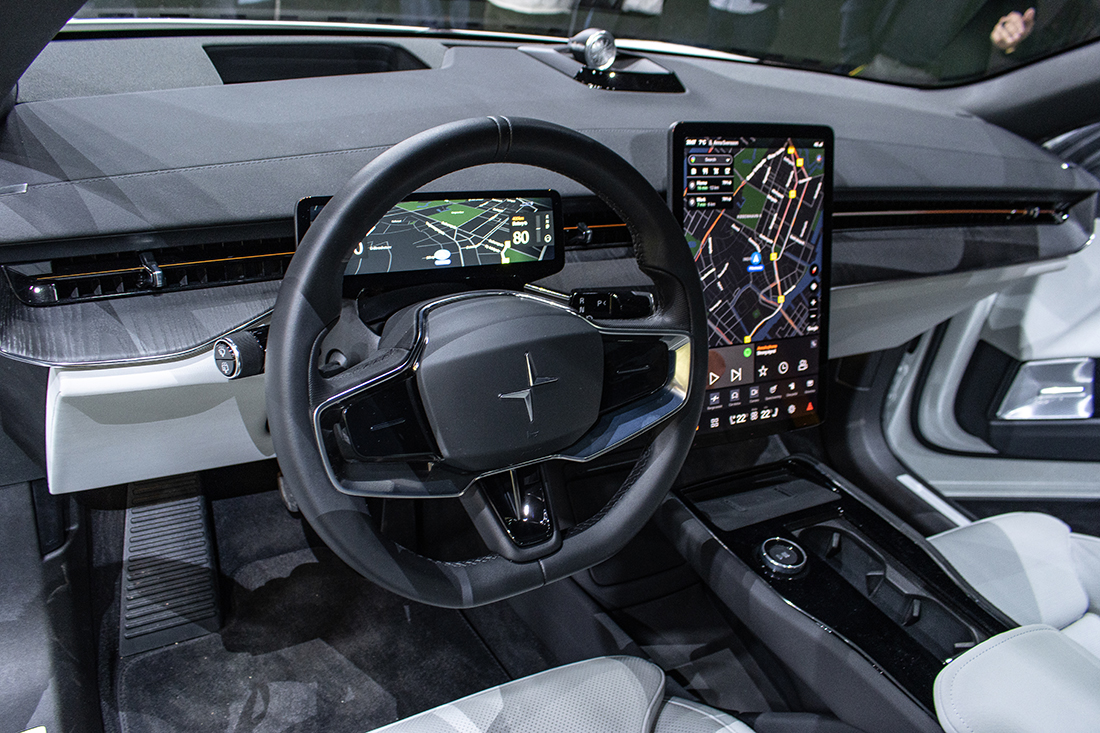
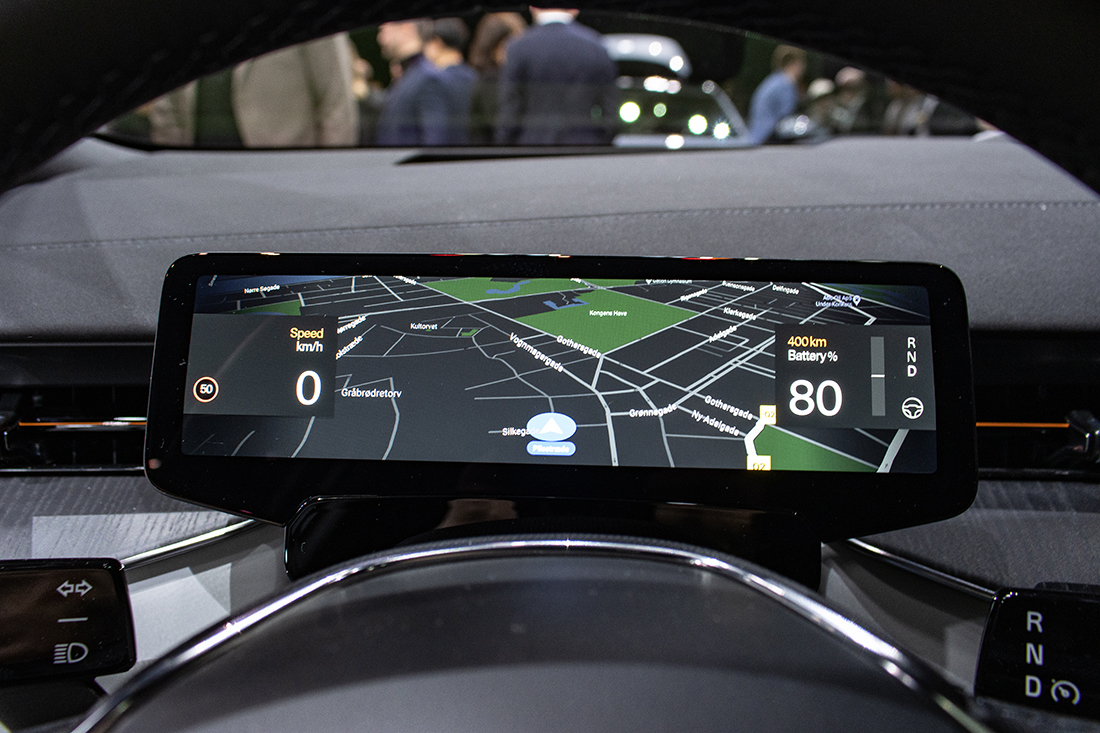
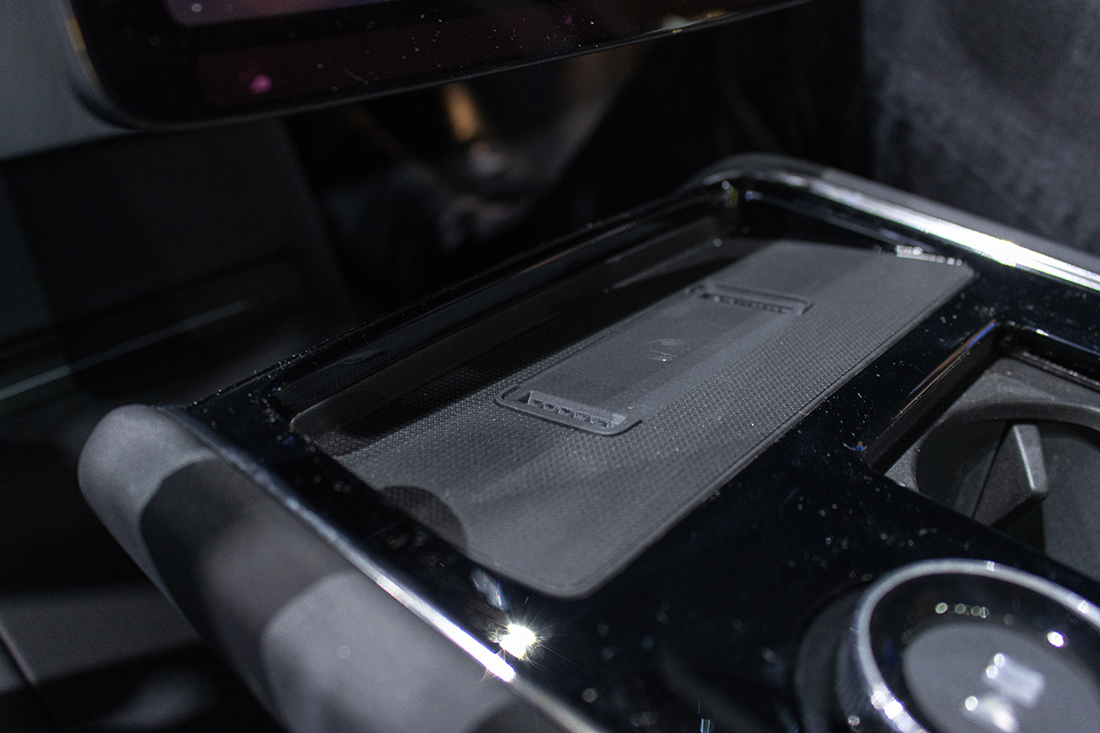
To cope with the added power and torque, Performance Pack cars will receive uprated ZF active dampers, Brembo 4-piston, brakes up-front and larger 22-inch alloy wheels. Also, to tell the world that you are the performance type, the Performance Pack car also gets a good sprinkle of ‘Swedish gold’ details.
North America, Europe and China form the initial markets the Polestar 3 will be delivered to, with deliveries expected in the fourth-quarter of 2023. According to our sources, deliveries to Singapore, will happen at the end of 2023.
Prices for the Polestar 3 Long range Dual motor begin at 89,900 Euros, while the Performance Pack variant is a 6,600 Euro premium.
PHOTOS Polestar & Clifford Chow
Polestar 3 Long Range Dual Motor
Battery 111kWh, Li-Ion, 400V
Electric Motors 360kW/840Nm (Performance Pack 380kW/910Nm)
Electric Range up to 610km (WLTP)
0-100km/h 5secs (Performance Pack 4.7secs)
Top Speed 210km/h (electronically limited)
LxBxH 4902 x 2189 x 1686mm
Wheelbase 2985mm
Kerbweight (DIN) 2,584-2,670kg


